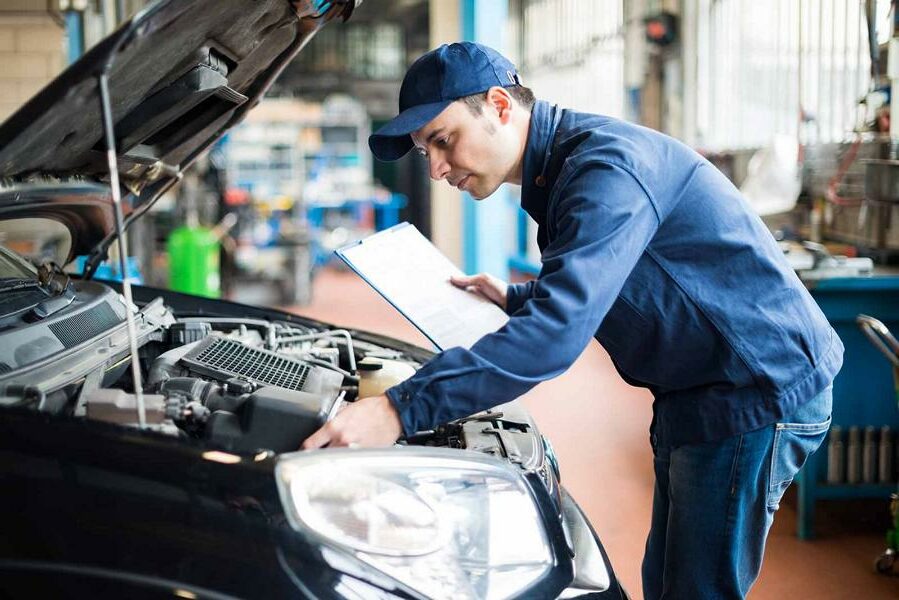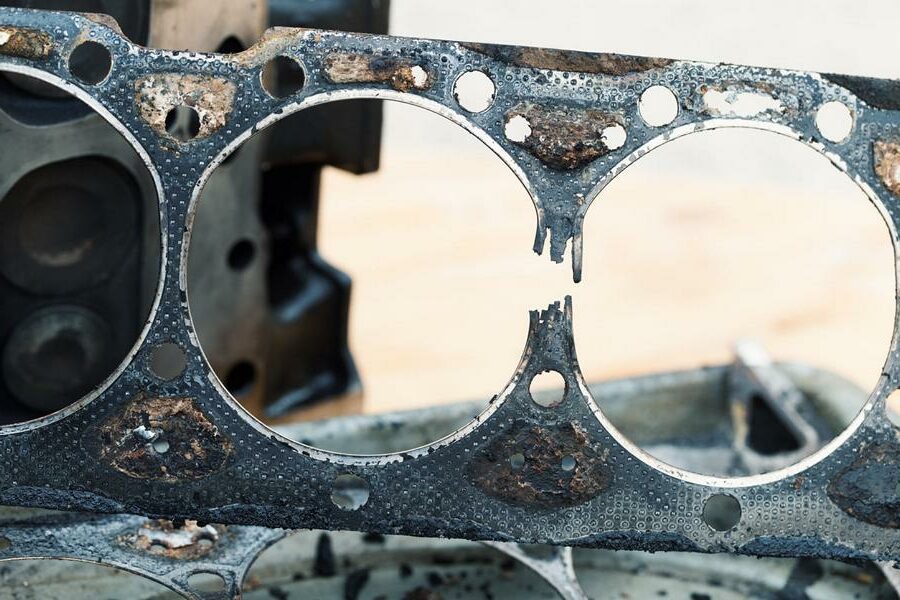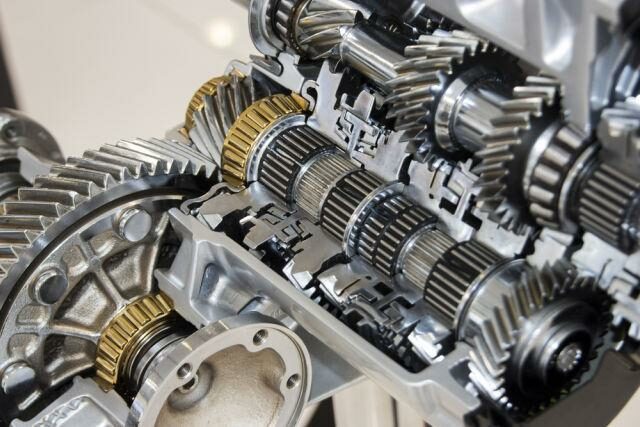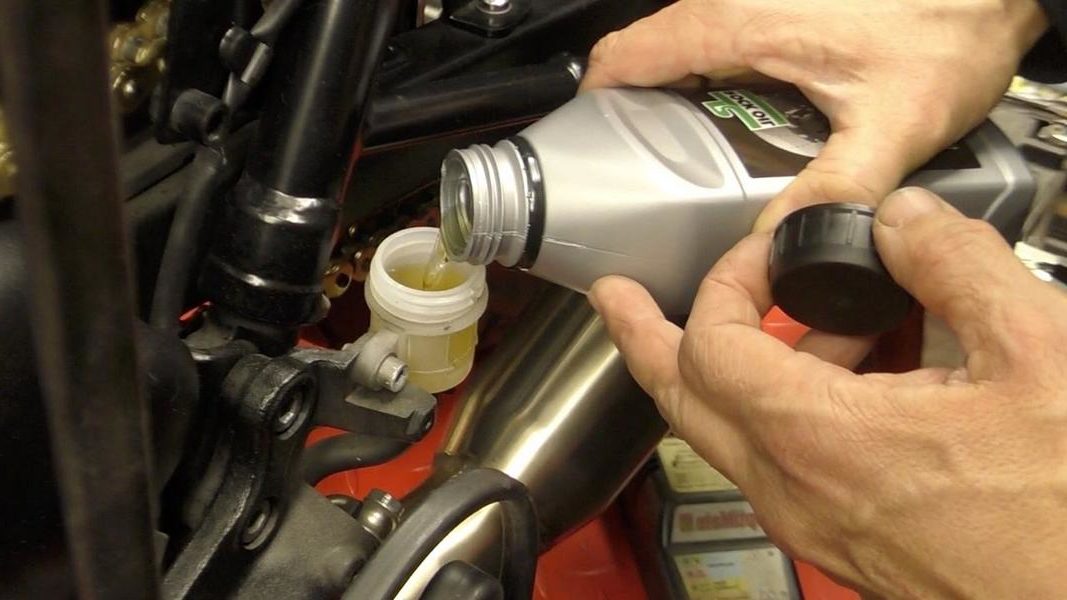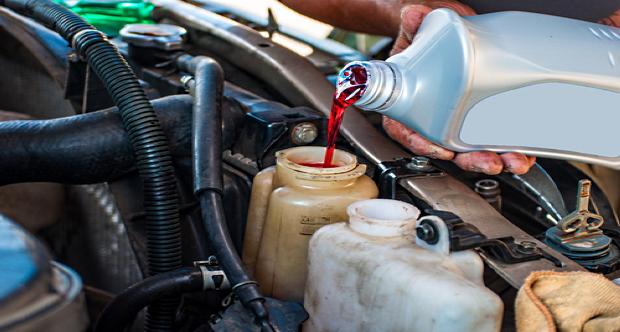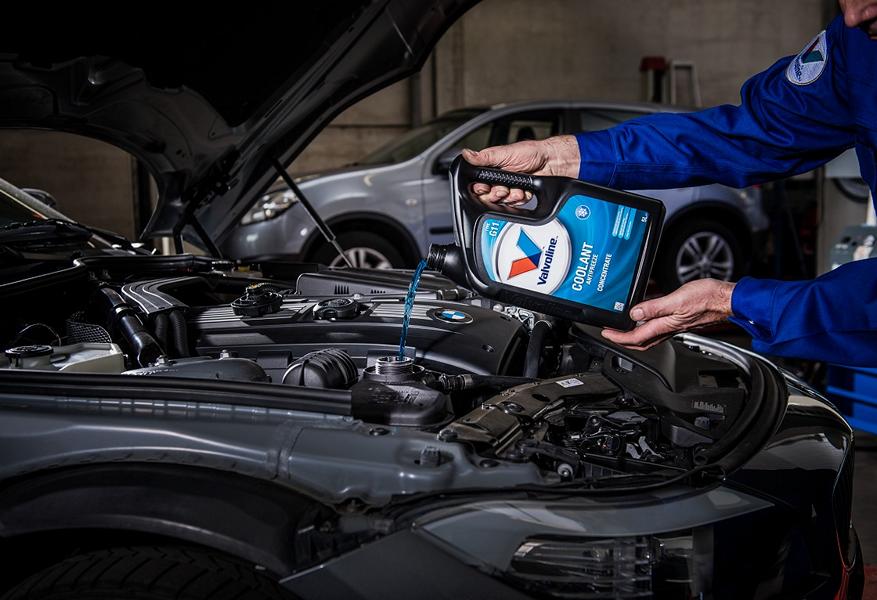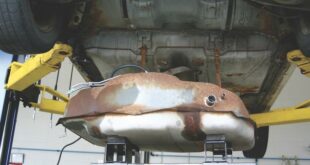So that you can have your beloved vehicle for as long as possible, for which you paid a lot of money, it is important to know certain things to be checked regularly. This includes, above all, the Fluid levels to check. This means that damage to the mechanics is less likely and you can also avoid breakdowns or even devastating accidents. To do this, however, it is necessary to first find out like how to properly measure the fluid in the car. In addition, these measurements in regular intervals to perform. So that you never forget to check, it is helpful to either set a reminder in the calendar on your smartphone or to enter when you last checked in a classic calendar. When and at what intervals this has to take place varies from car to car and you will find the necessary information in the operating instructions for your vehicle.
Step 1: Check the oil level
- It is important to note that you at the right time check your car's oil level. You should after the ride wait at least one hour to allow time for the oil to pool back into the sump and for reliable results. It will be both that Olive oil, as well as the oil filter checked. You can see from the operating instructions wo the required oil dipstick is located. The actual process is as follows: you pull out the oil gauge, wipe off the oil spread on it with a cloth, put it in again and take it out again. Now you can read the oil level. Now all you have to do is put the stick back in place and you'll know what the oil level in your car is.
How to read the oil level correctly:
- The correct oil level range is shown on the oil gauge two marks marked. The lower mark indicates that you need to add oil, while anything above means that the oil level is still good. If you have a new car, it is best to have the dealer show you where the dipstick is and what to watch out for when topping up the oil. If no classic dipstick is installed, let us show you where in the onboard menu the oil level can be displayed.
Things to note:
- It's important that you come with me clean motor oil work Insofar as there is one golden, has clear color scheme, everything is generally fine. Should the oil, however black or tan look, it is already consumed. If this is the case, it will be time for an oil change. Your car will continue to drive as usual, but you should check your documents when the last oil change took place, so that it stays that way. Important factors in favor of a change are: Time since last change and how many Kilometer have been driven in the meantime. The operating instructions can also help you here: It states the intervals at which an oil change is recommended. rule of thumb is to have the oil changed about every six months. The same applies if your car is driven very little. Unless you only use your car under "normal" conditions, it may make sense to change the oil more often.
Difficulties that may arise with the oil:
- There are two problems that can arise related to the oil in your vehicle's engine high oil loss or contaminated oil. If the loss of oil happens frequently or seems strange to you, your car may be burning oil or has a blown gasket. Then at the latest it is time to make your way to the workshop. In case the oil turns strangely colored, ie milky or frothy will, it may be that there is contamination with coolant has come. In this case, it also makes sense to drive to the workshop. Cause could cause serious damage like a defective cylinder head .
Step 2: Check the transmission oil level:
- The check takes place with the engine running as soon as the operating temperature has been reached. It also helps to shift into neutral. In the case of an automatic, this corresponds to neutral or park. The red-colored gear oil is measured with a dipstick in the same way as the engine oil. When discolored to brown or black a change hip, trendy, popular. It is generally recommended to have the transmission oil changed after 150.000 km at the latest. As always, you will find more detailed information on this in the operating instructions.
Step 3: Check brake fluid:
- You can either find out where to do this by looking under the hood for the container that says or logo for "brake fluid," or you can look it up in your good old owner's manual. The appearance of the container is shown there. In contrast to the two previous liquids, you can read the oil level directly on the container without a stick. A little trick to see the position better is to move the car back and forth a little. What is important in this context is the fact that in the normal case no consumption of brake fluid occurs. If the status changes anyway, it is time to take the car to the workshop to avoid serious accidents. If the brake fluid level is too low, it can be life-threatening.
Step 4: Check the power steering fluid level
- Similar to the brake fluid is the Power steering fluid level also in a plastic container whose contents you can easily read from the outside. In the event that you get a message that the level of the hydraulic oil is too low, you can – if you have the right oil – simply top up the missing amount. Especially in older cars it can happen that there are two lines for the hydraulics. If this is the case, you should check whether you are reading the status from the correct one. And newer cars often no longer have a reservoir because they have an electronic servo system.
Step 5: Check coolant
- After your vehicle's engine has cooled down, you can Coolant tank check near the radiator in the engine compartment. Attention: If the engine is still too warm, you may burn yourself from the hot fluid. Incidentally, in newer cars there is often no longer pure water, but antifreeze, with a lower freezing point. Check the antifreeze label to find out which one mixture with water or whether you the liquid pure have to fill in. Also make sure wo exactly the antifreeze has to be filled in: whether only in the reservoir or also in the radiator. If the car overheats despite antifreeze in the reservoir, it is important to check the radiator for liquid.
Step 6: Check the windshield washer fluid
- Even if the functionality of your car is affected by the washer fluid is not affected, it serves you for a useful purpose: cleaning your (dirty) windshield for a better view. At low temperatures it is also important to note a Detergents with antifreeze must be purchased so that the windscreen can continue to be cleaned correctly.
Step 7: Check tire pressure
- It is here not a liquid, but it is definitely one of the most important aspects of the car to check. If the tire pressure is too low, on the one hand you use more petrol and on the other hand you prevent problems caused by irregular wear of the tires. Air pressure should be checked even more frequently than all vehicle fluids. Added to this is to test whether the tread depth the tires are still sufficient, or whether you should rather get new slippers.
A few final tips:
- In order to recognize in good time whether one of the containers for a liquid is leaking, it is important to check more frequently after a loss of liquid, like the stand is ordered. If you notice anything unusual, don't be afraid to take your car to the workshop. In addition, it is recommended that Air Filter of the car to be checked regularly. If they work well, they help to reduce fuel consumption. If the car has a manual transmission, the fluids will be checked underneath the car. In addition, if the car is rear-wheel drive, the differentials also need to be checked.
The following note is essential: For safety reasons, tuningblog recommends all repair, inspection and maintenance work exclusively to be carried out in a specialist workshop! Although our information is summarized to the best of our knowledge and belief, we cannot assume any liability for the content. All information is therefore "without guarantee".
Of course, that wasn't the end of it!
In this tuningblog category there are guides and instructions for common defects/repairs on the vehicle and for installing accessories/tuning parts. Our articles explain in a simple way common defects and the corresponding repairs, as well as explaining how the first signs of a defect become noticeable. In most cases, we also have initial clues to the repair instructions in our repair instructions approximate The costs of the pending repair are listed. The goal of our subcategory “Auto Repair Guide“ is to create a head start in knowledge for the next visit to the workshop with initial tips. This may save you from tedious troubleshooting and small things can perhaps be done directly on your own. The same applies, of course, to the installation of accessories/tuning parts. Here, too, we would like to help with the implementation with instructions and tips. There are many other posts on this as well. Below is an excerpt of the last and HERE there are all previous instructions:
"tuningblog.eu" - we keep you up to date on the subject of autotuning and car styling with our tuning magazine and present you with the latest tuned vehicles from all over the world every day. It's best to subscribe to ours Feed and will automatically be informed as soon as there is something new about this post, and of course also to all other contributions.
 tuningblog.eu Your magazine about tuning the car
tuningblog.eu Your magazine about tuning the car
